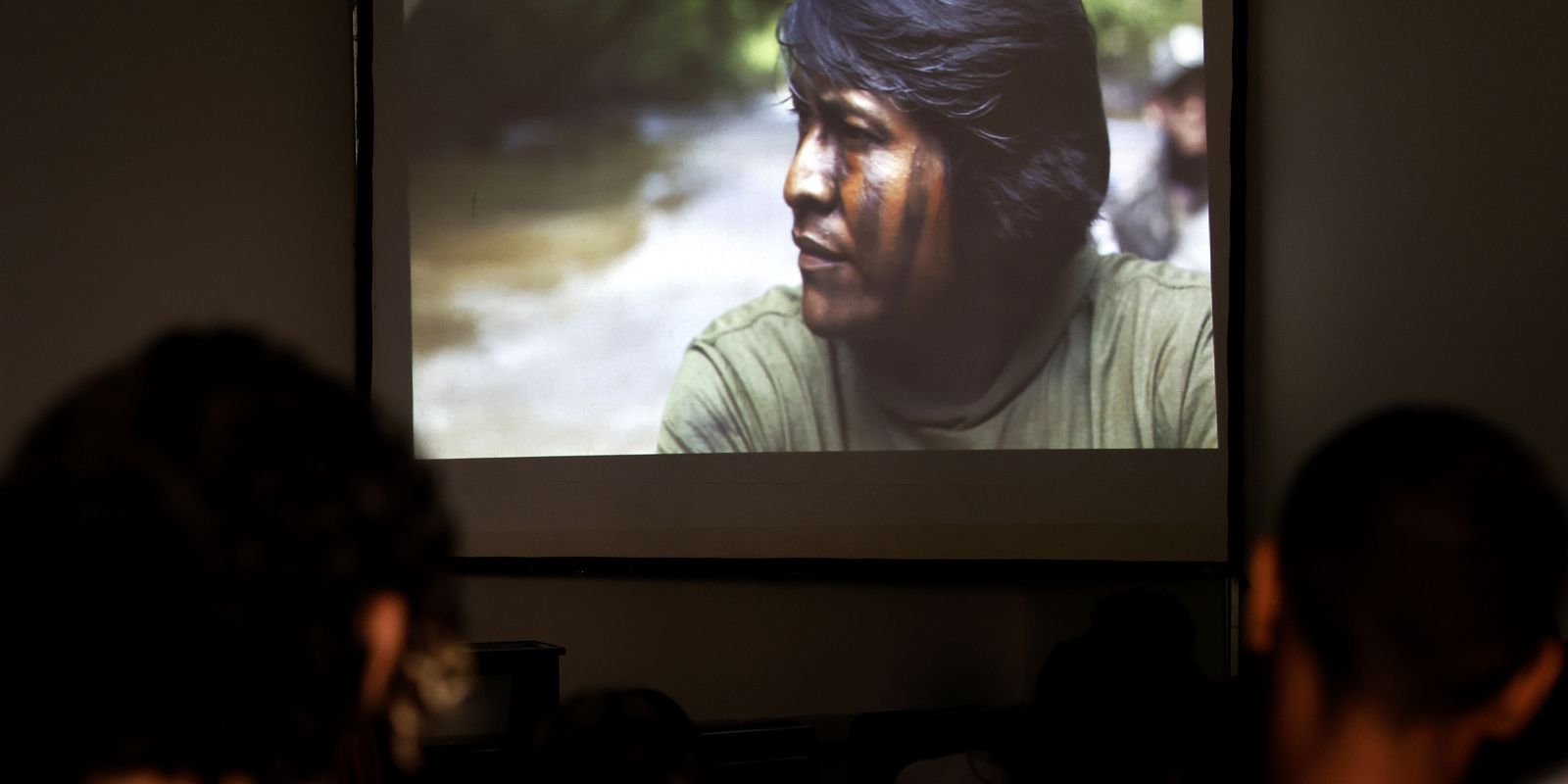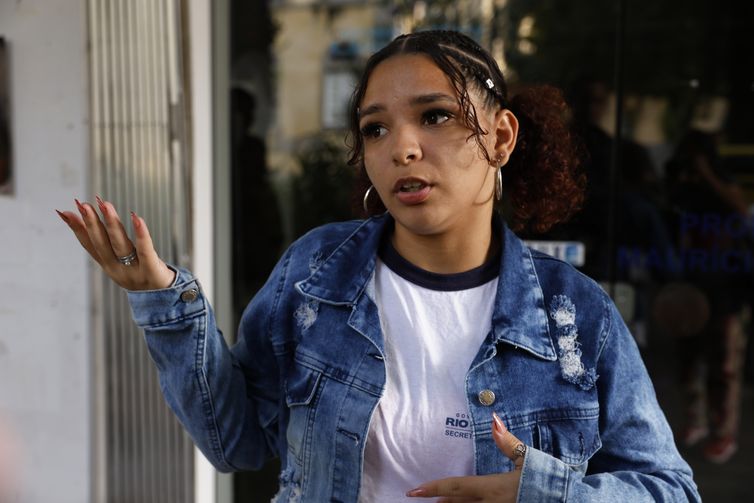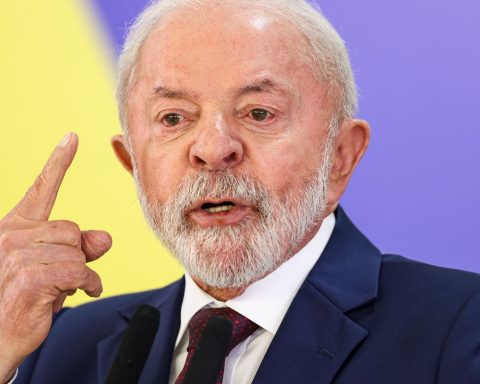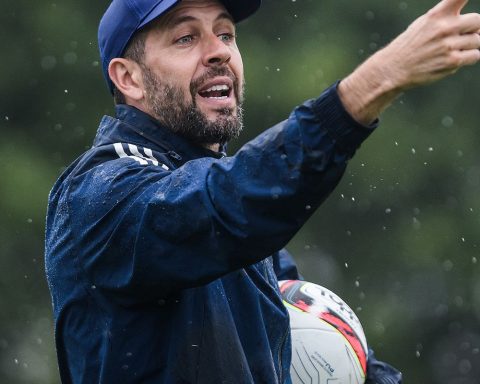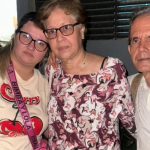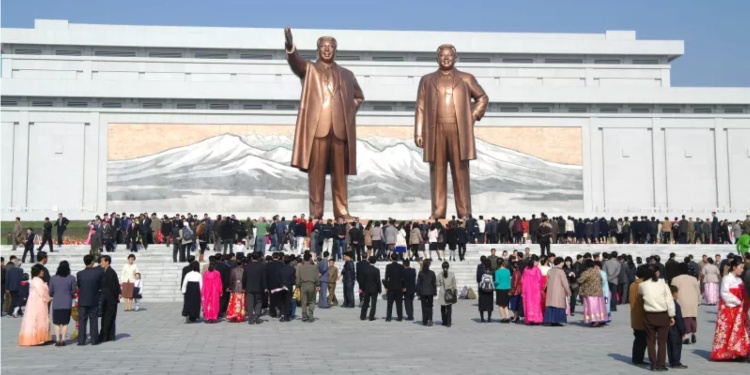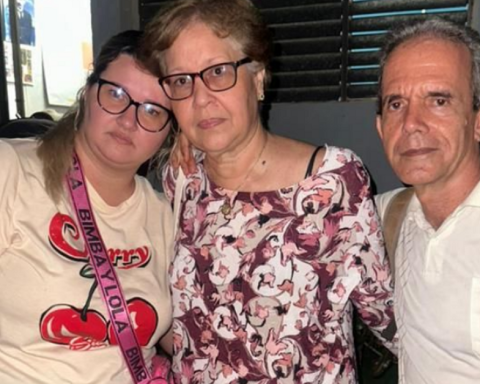The afternoon of this Friday (9) was a different school day for around 150 students from public schools in Nova Iguaçu, a city in the metropolitan region of Rio de Janeiro. To mark the International Day of Indigenous Peoples, celebrated this Friday, they left their classrooms and traveled approximately 50 kilometers to the Praia Vermelha campus of the Federal University of Rio de Janeiro (UFRJ), in the capital of Rio de Janeiro.
Students from the Integrated Public Education Centers (Ciep) São Vicente de Paula and Y Juca Pirama had an afternoon meeting with indigenous filmmakers who founded the collective Indigenous Mediawhich produces and disseminates content of interest focused on the preservation and appreciation of indigenous peoples.
In addition to conversations, they watched the film Somos Guardiões, produced by the Mídia Indígena collective itself and which shows the struggle to defend the territory and the Amazon.
The documentary, also produced by actor Leonardo DiCaprio, investigates economic interests that encourage deforestation in the Amazon and the environmental and human consequences. The production follows indigenous leader and activist Puyr Tembé and forest guardian Marçal Guajajara in their fight to protect indigenous territories.
The initiative that brought together students and indigenous producers is a partnership between the UFRJ Metaversidade extension project and the Swedish Consulate in Rio de Janeiro.
One of the founders of Mídia Indígena is journalist Erisvan Guajajara, from the Arariboia territory, in the Lagoa Quieta village in Maranhão, about 600 kilometers southwest of the capital, São Luís. His cousin, Edivan Guajajara, is one of the film’s directors.
The journalist explained to Brazil Agency that the collective visits universities and schools to expose the leading role of indigenous peoples in defending territories.
“We use this tool to show our protagonism, tell our story as it really should be told and show the indigenous peoples’ version from the indigenous perspective,” said Erisvan,
Occupy spaces
He adds that communication is a fighting tool and can help break down prejudices.
“We are occupying the networks, marking the screens, which means bringing the reality of indigenous peoples to visibility, deconstructing stereotypes that many still harbor.”
Among the mistaken preconceived ideas, he mentions that “indigenous people are lazy, don’t work and only live in the forest”.
“We bring this debate to universities so that students can grow and learn that today we have indigenous journalists, lawyers, mayors, councilors, ministers and federal deputies,” he listed.
Heading the Ministry of Indigenous Peoples since January 2023, Sônia Guajajara is the first indigenous person in the history of Brazil to lead a ministry.
Grace Kelly, a 16-year-old high school student, was one of the students who watched the film. The sophomore highlighted the importance of learning about other cultures.
“Learning more about their reality, what they are going through is important so that people who have a negative view of them can have a more equal view.”
Juan Santos, 17 years old, in the first year of high school, admits that he did not know much about indigenous peoples and that the activity of this International Day of Indigenous Peoples is important to “learn about realities and understand the importance of preserving traditions”.
The director of Ciep São Vicente de Paula, Natália Menezes, believes that students’ contact with media produced by indigenous people can be developed with a dual bias. On the one hand, environmental education: “a view of nature not only as a resource, but as something to be preserved.” The other is to introduce them to the reality of indigenous peoples.
“We are very attached to what is said only in the media, and they do not hear this side of the indigenous people. So it is about giving these indigenous people a voice and allowing students to learn about this reality so they can also fight for it,” he emphasizes.
New horizons
For the director, other benefits of the activity are the change in routine and contact with the university.
“They are delighted, firstly to get out of the reality of Nova Iguaçu, to discover other realities in terms of space”, he observes.
“It is ideal that we can, already in high school, begin to strengthen these ties that they may have with the university, because, for many, it is something that is not tangible, it is something very distant. So it is good to strengthen these ties with the university so that they can understand that they can also occupy these spaces”, says the teacher to Brazil Agency.
The two schools that participated in the meeting are part of the Brazil-Sweden Intercultural Schools project, from the Rio de Janeiro State Department of Education, which proposes an exchange of knowledge between the countries.
Before the screening of the film produced by the indigenous people, the students attended a presentation promoted by the Consulate General of Sweden in Rio de Janeiro. The students were able to learn about the Sami, a people originally from the northernmost part of the Nordic countries, also known as Lapland.
The ethnic group currently consists of around 20,000 people in Sweden, 50,000 in Norway, 8,000 in Finland and 2,000 in Russia. In Sweden, they are officially recognized by the government, have a language, a flag and even a parliament to deal with issues relevant to their territory. They have developed techniques to deal with the cold, which exceeds -20º Celsius near the Arctic Pole.
“I didn’t know they existed. Twenty degrees below zero, surreal,” Grace says in surprise.
“It is important for young people to learn that the world is big, to understand other countries, cultures, histories,” said the honorary consul general of Sweden in Rio de Janeiro, Jan Lomholdt.
